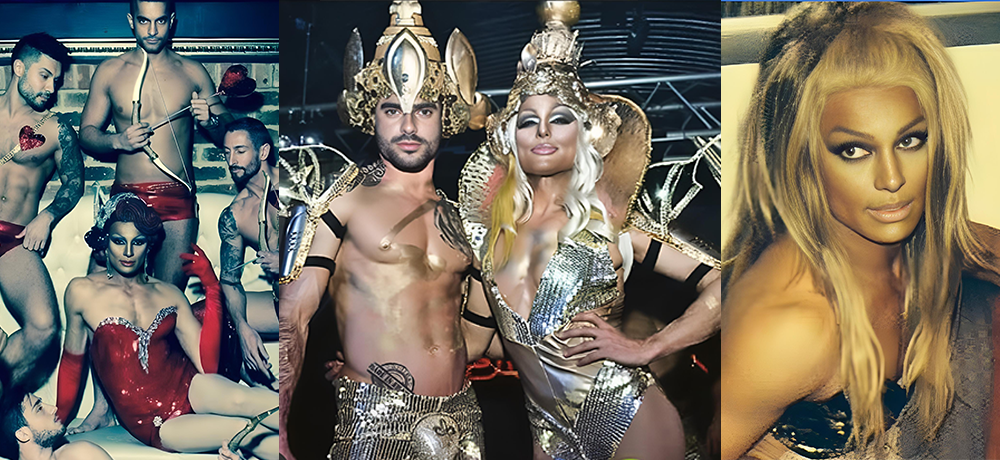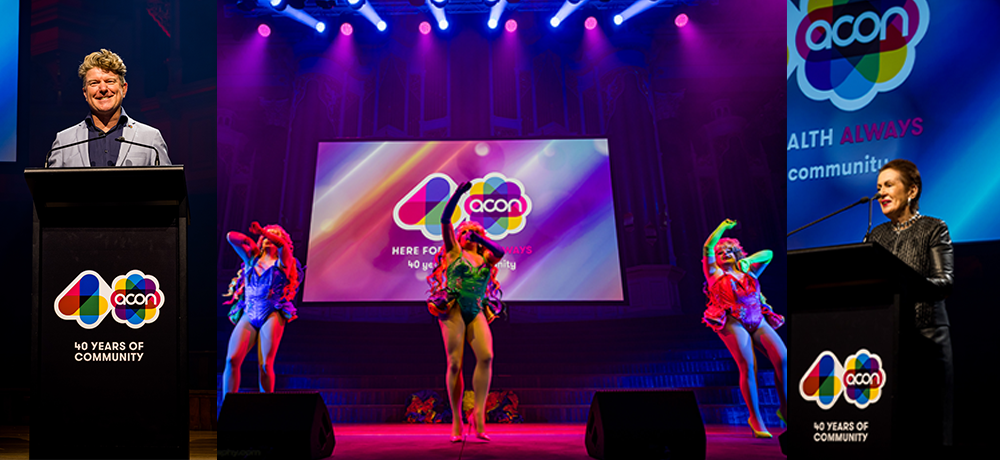
Repairing an icon
In mid-1998, on the cusp of its 21st year, the Sydney Gay and Lesbian Mardi Gras began an ambitious project.
Its then board launched a wide-ranging community consultation in an attempt to examine Mardi Gras’ role two decades after a street-protest-turned-ugly marked the beginnings of an international icon.
The result was the Sydney Gay and Lesbian Mardi Gras Strategic Plan, a document billed on its release in July 1999 as a blueprint for Mardi Gras’ third decade.
Among various proposals, the Strategic Plan stressed Mardi Gras should establish new revenue sources, describing as limited its financial reliance on two large dance parties -“ the Mardi Gras party and Sleaze.
Now, as New Mardi Gras enters its fourth year on the heels of a $304,000 loss last financial year and a Sleaze last month that sold 2,500 fewer tickets than expected, a broader income base is still a vital missing piece of the puzzle.
The call for a broader income stream has become a familiar refrain.
After New Mardi Gras’ first Sleaze in October 2003, the organisation’s then co-chair, Michael Woodhouse, told the Star: We’ve got to diversify our income base away from the party. People in the Mardi Gras leadership have been saying that for 10 years: now it actually has to happen.
At New Mardi Gras’ annual general meeting in June this year, outgoing co-chair Mark Orr had a similar message, warning that poor Sleaze sales would mean strife.
Last week current New Mardi Gras chair Marcus Bourget was even more blunt.
I think everyone really understands now that financing Mardi Gras out of the party and Sleaze is not really viable any more. That said, they still make a source of revenue, so it would be foolish not to have a party, Bourget told the Star.
Despite financial headaches and party blues, New Mardi Gras retains an enduring asset that it could use to its advantage, according to three industry leaders who spoke to the Star this week.
Marketing heavyweight Siimon Reynolds, creative director of communications agency Love, told the Star Mardi Gras’ internationally recognisable name remained a desirable commodity.
It’s still a great event. My opinion is that people think it’s a great event but they think the organisation of it hasn’t been as great, Reynolds told the Star.
It has an iconic status well above most other [events] in the gay calendar, and that’s likely to remain over time.
New Mardi Gras could also use its relatively specific audience to make a pitch for sponsorship dollars.
In the case of Mardi Gras events, it’s very clear who your target market is, and it’s very clear they’re a lucrative target market, Reynolds said.
From that point of view it’s a very focused investment of money for a company.
Sponsors don’t like events that are completely general, because there will be lots of people attending them who won’t buy their product.
Crusader Hillis, marketing manager of the Melbourne International Arts Festival and founder of Hares & Hyenas queer bookshop, agrees sponsorship, in parallel with government funding, is key.
Hillis said state government support and sponsorship dollars underpinned the Melbourne festival -“ and could do the same for New Mardi Gras.
The fact that [New] Mardi Gras is one of the most important events in Australia and is not getting the level of financial support that it could receive and could justify in terms of its economic impact in NSW, is slightly dismal, Hillis told the Star.
New Mardi Gras secured nearly $200,000 in sponsorship from the City of Sydney for its season earlier this year, alongside $320,000 in user-pays exemptions from the NSW government.
Marcus Bourget said last week a number of companies were interested in having their name associated with the New Mardi Gras season.
But with a recent economic impact statement showing visitors to Sydney for Mardi Gras this year added $46 million to NSW’s economy, Hillis suggested New Mardi Gras should seek more extensive corporate support, including from Tourism NSW.
I think Mardi Gras, with its international reputation and indeed with its level of international visitation, is in a really good situation to do that.
Former Sydney Olympics and Sydney Gay Games PR manager Stephen Cook has a similar view.
If this was a straight event, they would be getting all of those dollars given to them by government, Cook told the Star.
And it seems that whatever they have done over the years still doesn’t meant that the government is sitting up.
New Mardi Gras needed to challenge the perception in the gay and mainstream community that its events were no longer fresh, Cook said.
PR-wise, I think most of the general community and probably the gay community itself has seen it all before, he said.
It’s been sold the same way every year to the mainstream media, that they only look for those same things every year.
Involving more gay and lesbian youth and refreshing the New Mardi Gras season by spreading it more evenly across the year were two options.
Maybe the youth need to decide what they want and create something new and fresh, Cook said.
Over the coming weeks, Sydney Star Observer will field views from event and festival organisers and leaders to examine where New Mardi Gras could position itself, analysing key season events including the party and parade. It will also assess New Mardi Gras’ changing role nearly 30 years since the landmark protest that started it all.









